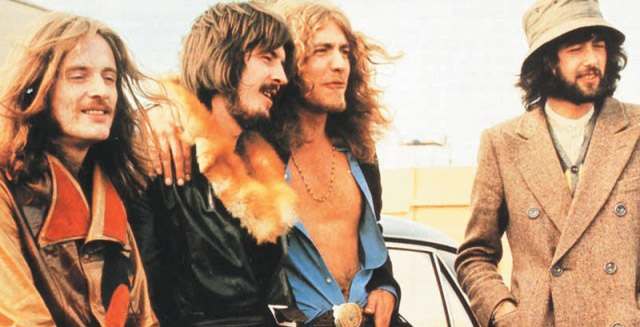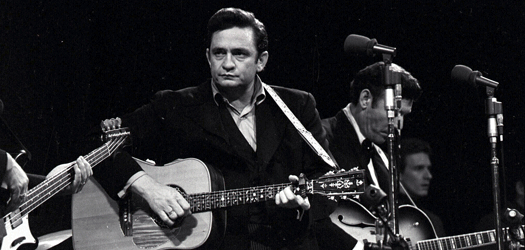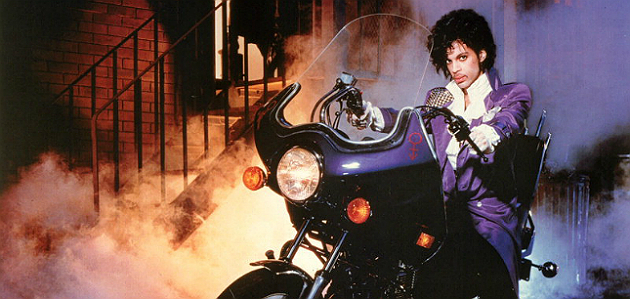When Creedence Clearwater Revival released their third album, Green River, in August of 1969, the nation’s mood was a somber one. With the Vietnam War raging on and the wounds from the Civil Rights struggle still fresh, John Fogerty’s title track declaration that the “world [was] smolderin'” was something of an understatement, a sentiment that […]
I first encountered Led Zeppelin IV as an 8-year-old boy sleeping over my friend Doug Roeser’s house. His college-aged brother John had a poster of the album cover on the ceiling of his room, and Doug and I used to sleep beneath it. The iconic image is of course of that hermit bent over, carrying […]
I don’t need to tell you anything about Johnny Cash. That’s probably the greatest testament to any artist’s legacy — that their life is elevated to the stuff of myth. The problem with the mythological “Man In Black,” is that we forget all the ways he was just like us, the very reasons he was […]
Collective, In those early misty mornings when we were dreaming up what would one day become the ATL Collective, thinking of what albums we wanted to present, what artists we wanted to feature, what drink hooks we wanted to tie in, we often heard a soft drumming on the tin roof, on the window panes, […]
Folks, The Pretender is just around the corner, and so Jackson Browne is on the brain. And when Jackson Browne is on the brain, he’s also in the heart. For he’s a songwriter who exemplifies the use of both. Oh yes, this show on June 13th is going to be a goodie. When Jackson Browne […]
The Supremes, American pop-soul vocal group whose tremendous popularity with a broad audience made its members among the most successful performers of the 1960s and the flagship act of Motown Records. The principal members of the group were Diana Ross (byname of Diane Earle; b. March 26, 1944, Detroit, Mich., U.S.), Florence Ballard (b. June 30, 1943, Detroit […]
There are still tickets available for our hand-picked event with Scoutmob, Bearings and Monday Night Brewery. The early show is sold out, but tickets to the late show at 9:30pm are still available. Scoutmob Ticket Purchase
Monday Night Brewing is an Atlanta-based craft beer company. They currently offer two delicious styles of beer on draft in select Atlanta establishments- both of which will be available at our show! Two pint glasses included for free with your Scoutmob handpicked purchase!
ATL Collective partners with Scoutmob and Bearings for an Exclusive Hand-Picked Event Sunday, March 18




